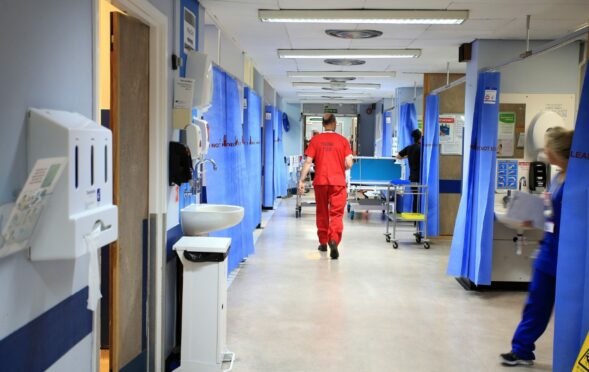A remote monitoring service has allowed patients at risk of developing severe Covid symptoms to be successfully treated at an early stage.
In a study developed by Edinburgh University, patients were able to record their symptoms over the phone or through an app.
Clinicians could then identify those who had low oxygen levels and admit them to hospital before the condition deteriorated.
Patients would be sent an alert to seek advice or urgent care if the update they supplied suggested they were worsening. Alternatively, they could choose to manage their condition with written instructions from a clinician.
Test run in the Highlands
NHS Highland is one of two health boards that trialled the service before it was rolled out across seven more in Scotland, with one using it for maternity services.
Researchers from Edinburgh University, NHS Highland and NHS Lanarkshire traced the outcomes of the first 116 patients to use the service.
Of the 71 patients who submitted data, 35 received 151 alerts during their two-week observation. A total of 21 patients were admitted to hospital for an average of 3.7 days.
While this is a shorter stay than the average Covid patient, the researchers say it may be a reflection of the severity of the cases rather than a direct effect of the monitoring.
Early detection is key
Brian McKinstry, who is emiritus professor of primary care ehealth at Edinburgh University, said: “We know early treatment of deterioration in Covid saves lives.
“This research confirms the findings of several other similar international studies that telemonitoring has the potential to reassure patients that they can safely self-monitor at home and that deterioration in their condition will be detected early, and can be treated in a timely way.”
While most people will be able to self-manage their Covid symptoms while isolating, others may develop serious hypoxia where the body is deprived of adequate oxygen supply.
Those most at risk of deterioration with Covid include the elderly, people with underlying medical conditions, some ethnic minorities and those with a high body mass index.
However, experts say that early treatment is effective and that oxygen, steroids, novel anti-inflammatories and supportive therapy have been proven to reduce the death rate and shorten admissions.
